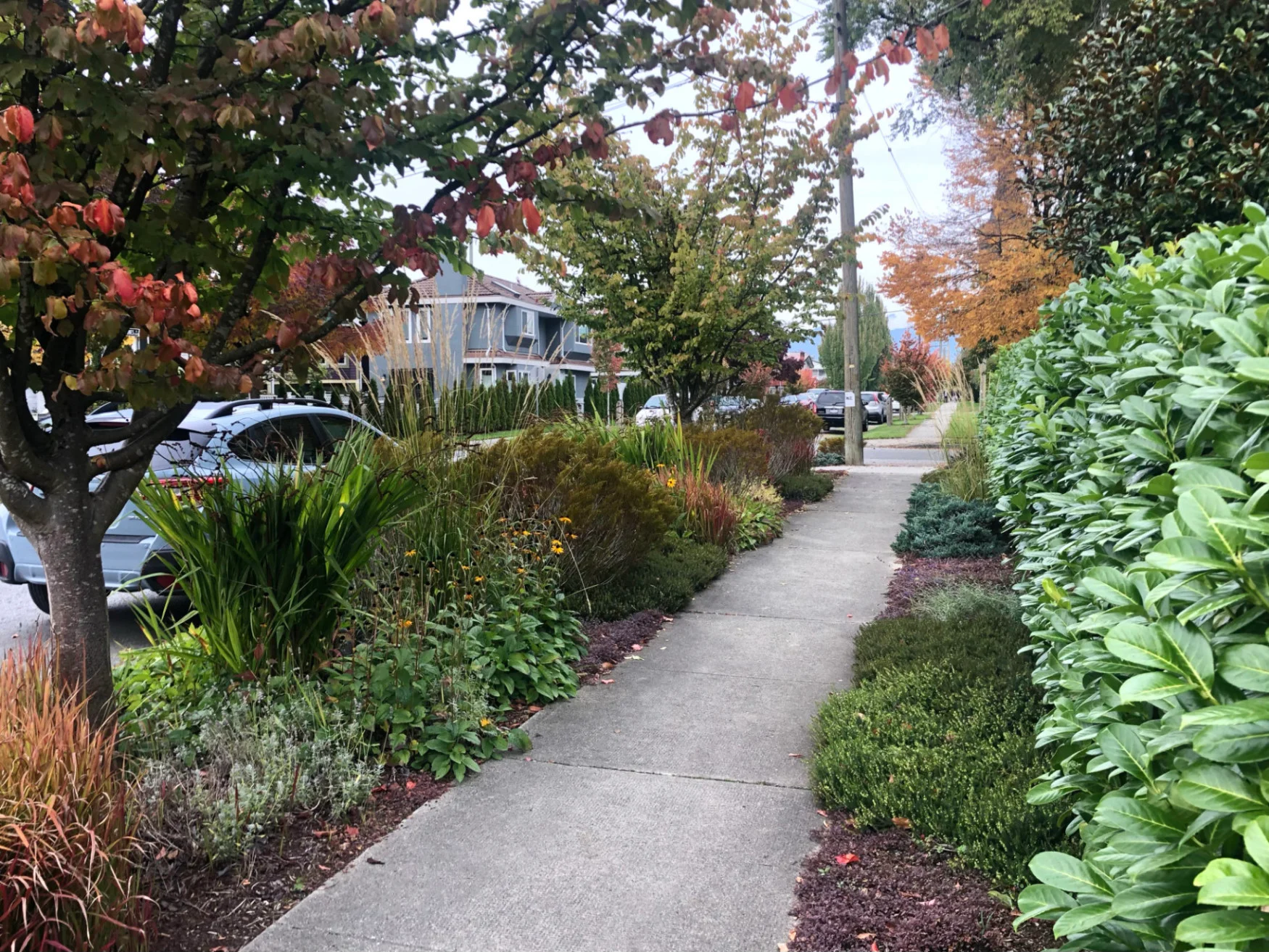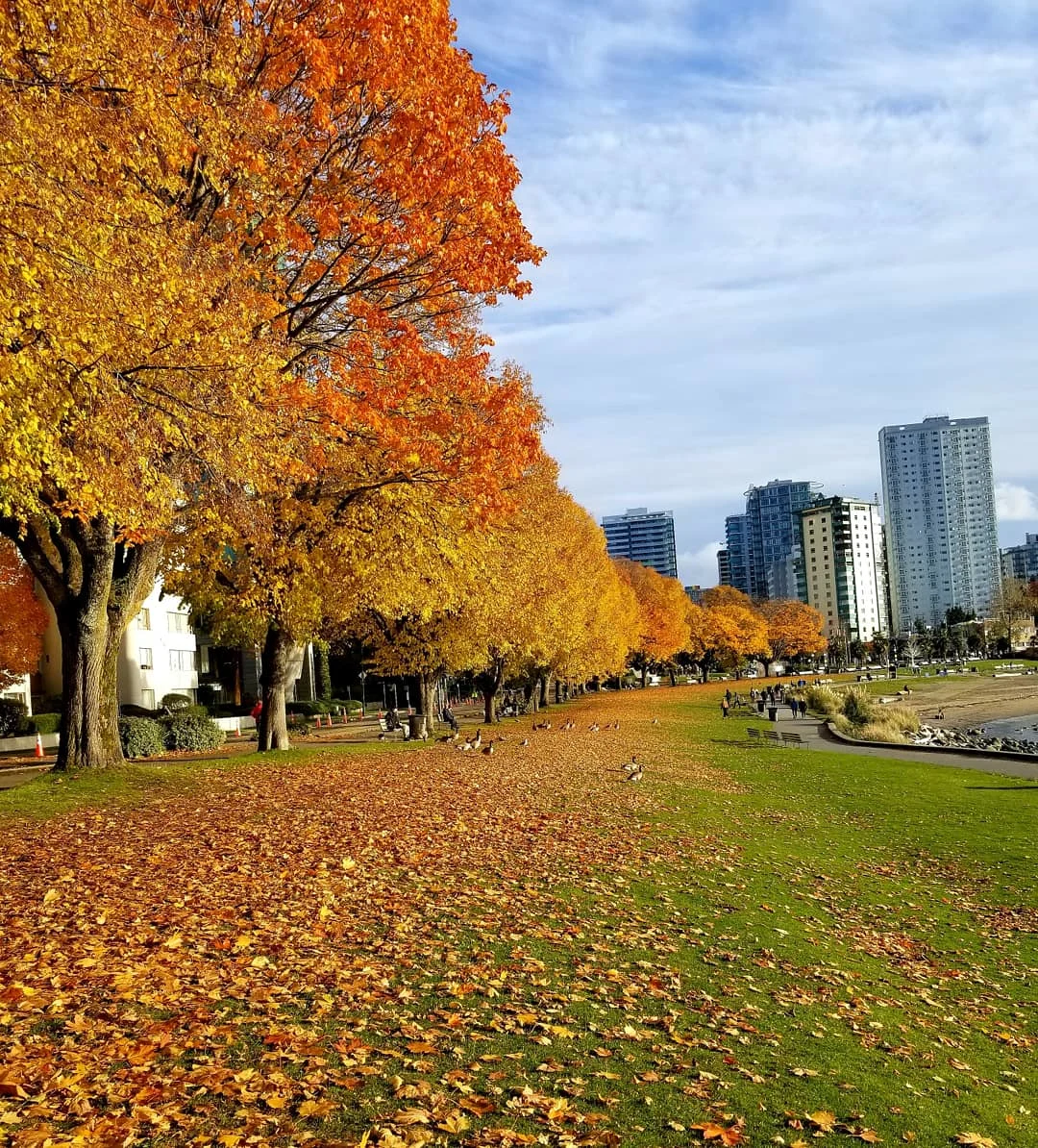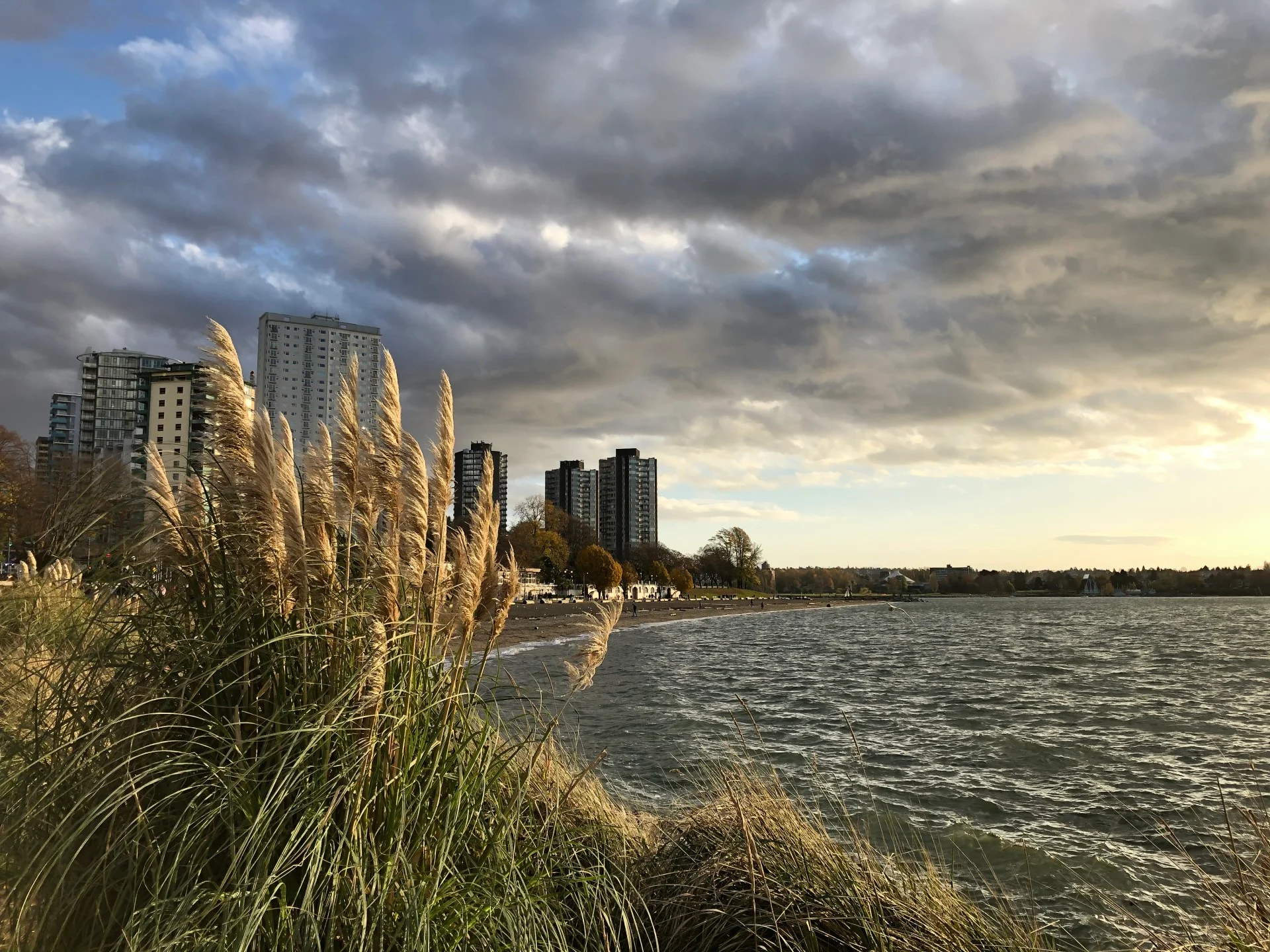
Vancouver is working towards becoming a sustainable 15-Minute City
Becoming a 15-Minute City became even more of a priority in 2020 when the City of Vancouver announced their new Climate Emergency Action Plan.
From Paris to Portland, a number of cities around the world are working towards creating neighborhoods where residents have everything they need just a short walk or bike ride from their home. It’s called the “15-Minute City” since, if designed properly, anyone who lives there should be able to access all their basic needs in a 15-minute walk, bike, or transit ride.
According to city planners, designers, architects, and mayors across the globe, it is the “it” thing right now. It’s a way to improve both quality of life, but also the quality of the environment that we live in. Creating a 15-Minute City involves increasing green spaces and cycling infrastructure, and ensuring that there are enough essential services like grocery stores and schools within the area. Traffic congestion on roads is also reduced by making greenspaces where we can walk to all of our necessities.
In Canada, the City of Vancouver is working towards the goal of a 15-Minute City. Since 2019, the Vancouver Plan team has been exploring several ideas to move towards this goal, but it became even more of a priority this year when the City of Vancouver announced their new Climate Emergency Action Plan.

Submitted by: Sima Ashrafinia, Vancouver, B.C.
In that plan, transportation and buildings were top of mind, and according to the city’s General Manager of Engineering Services, Lon LaClaire, the first order of business was to create a city where 90 per cent of one’s daily needs are within a walking distance.
Luckily, most of Vancouver is on a grid, making it easy to create walkable neighborhoods, and a good portion of neighborhoods already offer daily necessities within walking distance, but according to LaClaire, we run into trouble in more suburban areas.
“Your walk score tells you how many good things you are a short walk from,’ he says. “Where we get really low walk scores is in the suburbs where single family homes are really far from a lot of retail and in those areas the actual answer is to deliver more of those commercial services to them.”
The plan and project team has been working closely with other departments, including the development team to create incentives for retail businesses to move into less dense areas. Together, they will be bringing some options forward to the council as early as July 2021, in hopes of also starting some pilot projects at this time.
But changing the city is just one side of the story. For the concept of the 15-Minute City to truly work, you also have to change human behavior.
One of the draws of living in a city is the opportunity to explore different neighborhoods, restaurants, and stores, and so while the city is working on making it easier to get all of your needs close to home, they also have to make it less convenient to drive.
In Vancouver’s latest Climate Emergency Action Plan, the city created several disincentives for driving. The first is transportation pricing in the metro core that will start in 2025. This will include a fee for vehicles to drive into the metro core. Cost, boundaries, and time of day when the fee will be in effect will be determined in the coming years. The second big move is the plan to implement a carbon pollution surcharge on residential parking permits.

Submitted by: Samuel, Vancouver, B.C.
Taking into account that some people can’t afford housing near their work and may still need some form of transportation, the city’s goal is that 80 per cent of trips be made by foot, bike, or public transportation by 2030.
In order to do so, the new climate plan dedicates resources to making buses faster and more reliable, and creating bus priority corridors on major routes. One area of the city we can really see these specific changes is the new Broadway Station. On top of that, the city is looking at how to promote remote and flexible work options.
During the pandemic, many Canadians have moved their office to their home, a true test to see if remote work options can be successful. A study conducted by Maru/Blue on behalf of ADP Canada found that 45 per cent of people surveyed would prefer to work remotely at least three days a week post pandemic. Another 15 per cent would like to work remotely one to two days a week. Another study by Airtasker in the U.S. showed that working remotely was actually beneficial for employees. They felt more productive because they were able to eliminate daily commutes and live healthier lifestyles.
While the city will continue to work towards the 15-minute concept over the next 30 years, it seems that the pandemic has accelerated some of the conditions that will require a more localized lifestyle for many.
Thumbnail credit: S. Farmand, Vancouver, B.C.











